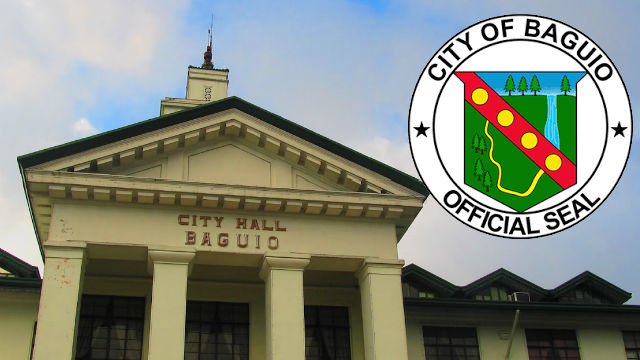The conviction of activist Carlos Celdran of the crime of Offending Religious Feelings made people aware that there is such a crime contained in the Revised Penal Code. Some legal luminaries explained that this crime is a remnant of the Spanish occupation in the Philippines where Catholicism and the state were almost indistinguishable. It can be recalled that Mr. Celdran entered the Manila Cathedral while in the middle of the mass with the name “DAMASO” written on a placard. This was supposed to be his protest on the alleged meddling of the Catholic Church on state affairs. This was not the only case to have reached our courts. Sometime in 1937, an event at a local parish prompted the filling of a criminal complaint for violation of the Revised Penal Code on Offending Religious Feelings. It may be time to take another look at this law and the cases due to the recently passed “Anti-Profanity” Ordinance of the City of Baguio. It can also be observed that there is “movement” of the world towards “political correctness” with the ultimate purpose of not offending anyone.
People vs. Baez
The parish priest of the Municipality of Lumban filed a case under Article 133 of the Revised Penal Code because the funeral cortege of a member of the religious sect “Church of Christ” passed through the courtyard of the Roman Catholic Church and that such place was devoted to worship. The parish priest also alleged that the cortege was made to pass through the churchyard through intimidation and force upon his person. The case was filed because the act offended the religious feelings of the members of the Roman Catholic Church. The fiscal upon reevaluation of the facts of the case however moved for the dismissal of the case since according to him, the acts complained for do not constitute the crime of offending religious feelings. The complainant appealed to the Supreme Court with the issue of whether the action of the fiscal was correct.
The Fiscal was Wrong
The Court said that the fiscal was wrong in saying that the facts do not constitute the crime described in Article 133. It was the contention of the fiscal that the churchyard was not a place devoted to worship and that no religious activity of the Catholic Church was being held at the time the cortege passed through it. In short, the fiscal did not believe that acts alleged by the parish priest do not offend religious feelings. The Supreme Court ruled that: “As the fiscal was discussing the sufficiency of the facts alleged in the complaint, he cannot deny any of them, but must admit them, although hypothetically, as they are alleged. The motion raises a question of law, not one of fact.” (G.R. No. L-46000, May 25, 1939) The fiscal cannot also make a judgment that the acts are not offensive because the facts “must be judged only according to the feelings of the Catholics and not those of other faithful ones, for it is possible that certain acts may offend the feelings of those who profess a certain religion, while not otherwise offensive to the feelings of those professing another faith.” The SC then ordered the fiscal to comply with his duty under the law. The then Justice Laurel (later Chief Justice) gave a strong dissent saying that the facts indeed do not constitute the crime since the courtyard is not a place of worship. The act of passing the corpse of a dead person through a portion of private property is not notoriously offensive and that the case should not be judged according the feelings of the members of a certain church but must pass through an unbiased judicial determination.













